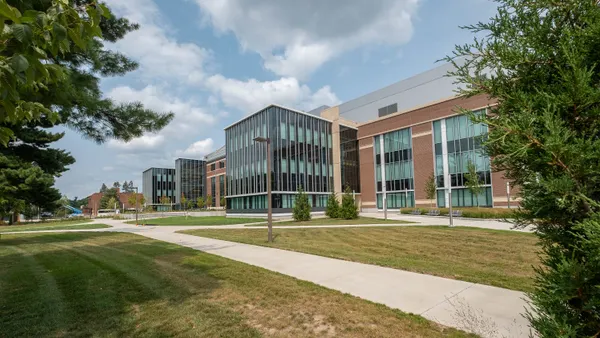Dive Brief:
- Chicago Mayor Rahm Emanuel and the city's Department of Buildings announced that they are making a “comprehensive” overhaul to local building codes, which was last done 70 years ago. City officials have been working with each other on the revamp for more than a year.
- In addition to adopting the International Building Code’s (IBC) terminology and classification systems, the revised code will include provisions for modern materials; update sprinkler requirements to increase safety and encourage development; add risk-based structural requirements that will take the burden off those building relatively small and simple structures; provide more flexible, cost-efficient rehab codes for historic and other existing buildings; institute green building codes; and introduce seismic codes for critical structures and tall buildings.
- “We are modernizing our building code for the 21st century to advance sustainability, make construction more cost-effective and continue our city’s reputation for innovative design and world-renowned architecture,” Mayor Emanuel said. The city will begin a phase-in of the new codes on June 1, with full implementation by Aug. 1, 2020.
Dive Insight:
Architects, engineers and contractors are expanding their reaches across state and city boundaries, so it’s much easier for those companies to reduce design and permitting time and head off any future compliance problems if local building codes are similar to ones they’ve used before. The International Code Council’s IBC is about as close as the U.S. gets to a common code.
In addition to its use in several foreign countries, the IBC has either been adopted or is in use in all 50 states, Washington, D.C., New York City and U.S. territories. The ICC updates the IBC, along with its other codes, every three years. The next updated IBC will be released in 2021.
There’s no mention yet whether the new Chicago code will provide for the construction of tall wood buildings, but the next edition of the IBC, after a somewhat contentious development process, will include codes for mass timber structures built as high as 18 stories (270 feet). Opponents of the new rules cited fire safety as one of their concerns, but the ICC’s ad hoc committee apparently addressed those and other arguments adequately since the organization’s membership voted in favor of the tall wood construction proposals.
Each year in the run-up to the publication of a new code, the ICC membership considers new proposals based on code group — Group A, Group B and Group C. The tall wood construction proposals were taken up as part of the Group A development process, and this month the ICC will kick off the review of proposed Group B codes. Next year the ICC will consider changes to Group C, which includes the International Green Construction Code.












